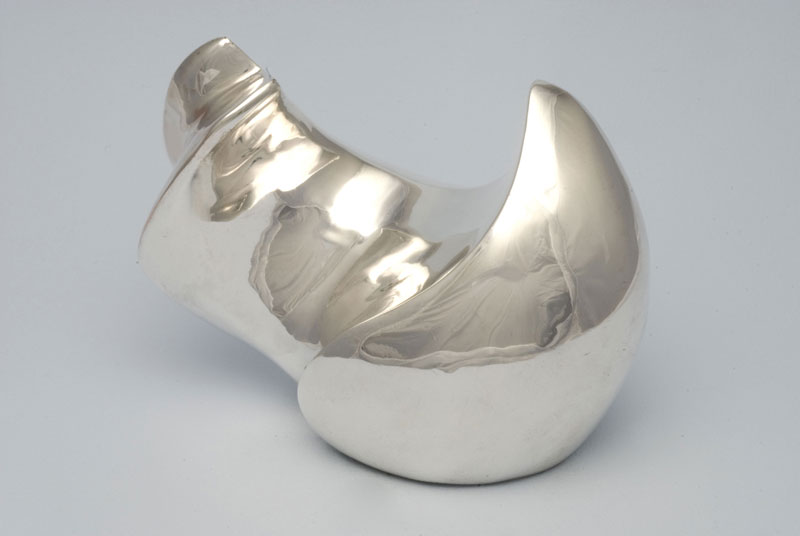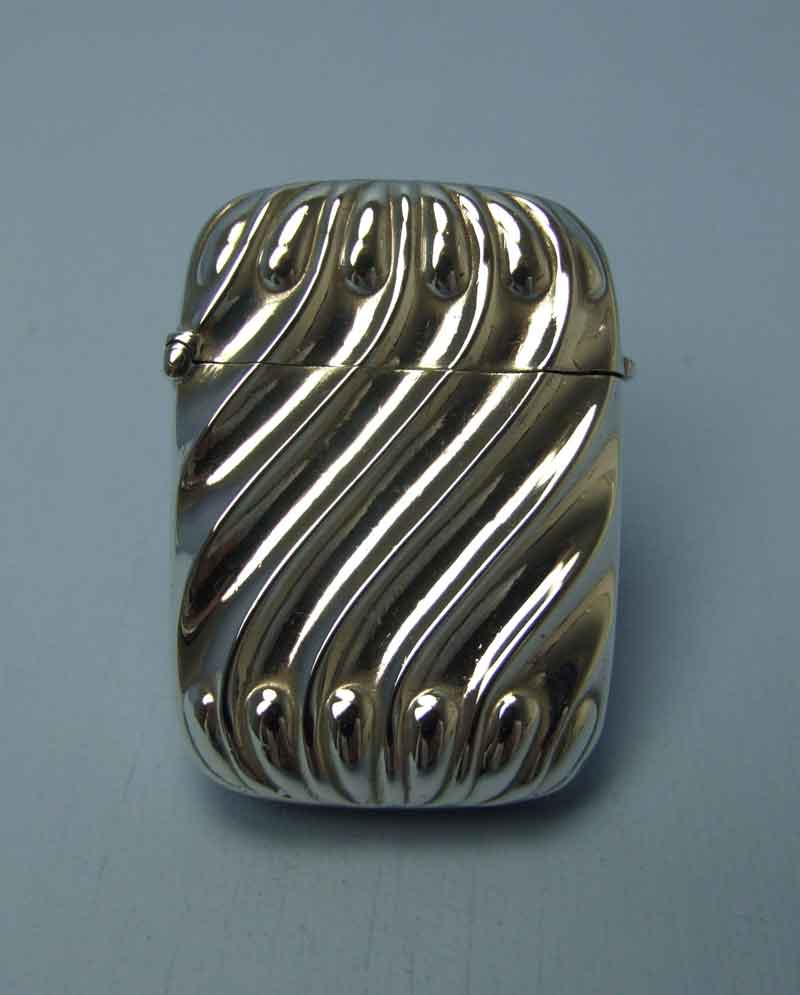Silver brush plating - an introduction and troubleshooting
Silver brush plating
Silver, probably the first metal to be electro-deposited on a commercial scale, has the highest electrical conductivity of any element and is fairly resistant to attack from most chemicals. However, it is very reactive with certain sulphide containing chemicals, for example some polishing compounds and detergents. Care should be taken to make sure your silver plate doesn’t come into direct contact with these materials.
Because of its inherent qualities, silver plates quite fast; this can be deceptive as the resulting layer soon looks substantial but in reality is quite thin and patchy. We therefore recommend that you use our Plating Calculator to work out approximately how much silver you want to deposensure you plate a layer that is thick enough to stand up to future polishing. Our silver plating solution isn’t classified as toxic and is very easy to work with. It deposits a bright, solid layer that needs only minimal hand polishing to bring up its lustre. It works excellently to restore decorative and household items that are made from EPNS or tin based alloys such as pewter and Britannia metal. You can use a platinum electrode for silver plating, but for top quality results we recommend using one of our silver electrodes. For more guidance on this process, please refer to the silver plating projects that are featured in this manual.

Troubleshooting - silver plating 2.5 - 3 volts
| Type of problem | Possible reason | What to do |
|---|---|---|
| No plating taking place | Incomplete electrical circuit; check all connections. Surface not clean enough. Surface inactive. | Check all electrical connections and clean if necessary. Make sure the swab is fully soaked in solution. Hand polish, clean and re-plate. Check that surface is conductive with a conductivity tester (see ‘Using the Conductivity Tester’) |
| Plating is patchy or is flaking off substrate metals such as steel, nickel and nickel containing alloys. This could include stainless steel, nickel copper alloys (such as monel metal used to replace silver in coins) and EPNS | Silver doesn’t plate directly onto these metals very readily, due to the chemical reaction between these base metals and the silver. | First gold flash and then silver plate on top. |
| Dark lines appearing in the plate. | The silver solution is contaminated. The swab is contaminated. | Replace with fresh solution. Don’t tip the used solution back into the bottle. Wash swab thoroughly in tap water then rinse with deionised water. |
| Silver plating black especially on edges and corners. | Voltage too high. Brushing action of swab not quick enough. | Turn down voltage. Speed up brushing action. |
| Plating dark, especially on the edges or corners of the work. | Voltage too high | Reduce voltage and carry on plating until the stain has disappeared. Light staining and tarnishing can be removed after plating by MPU or ActiClean. |

This EPNS matchbox has been renovated with our silver brush plating process

Leave a Reply
You must be logged in to post a comment.